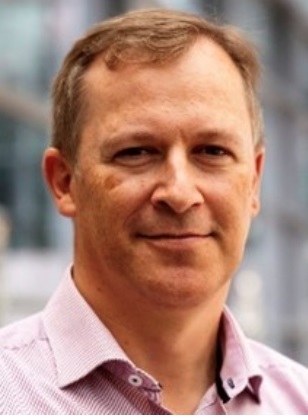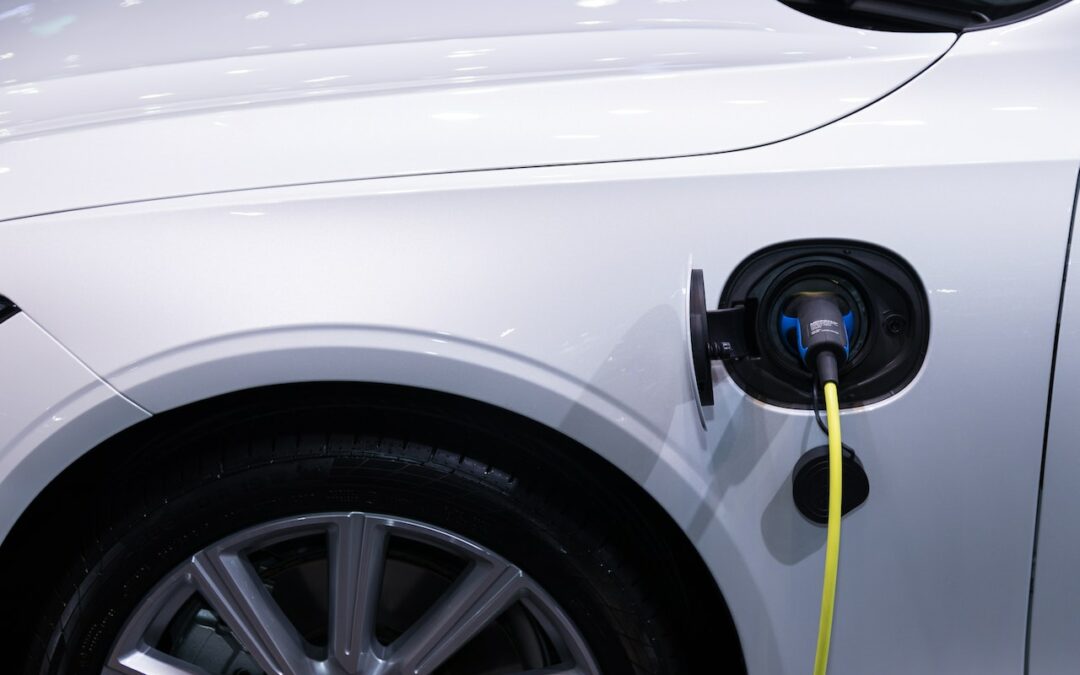
Energy expert reveals why Australia's net zero future depends on a bold, inverted shift
As political debate over the future of Australia’s energy landscape heats up amid the race to a net zero future, Dr Andrew Barton, an expert in energy innovation, is calling for a bold, united shift that turns the energy market ‘inside out’.
With renewable energy as the base, he’s advocating for an energy market flip mix where gas, nuclear and advanced storage systems could strategically complement renewables to build a resilient and diverse power grid that transcends political divides. But the country must first depoliticise the approach, he warns.
Barton is a senior executive within the Australasia Energy team at Hatch. With almost three decades in energy development across renewables and fossil fuels, Barton stressed the urgency of Australia’s transition. “We need to accelerate our efforts to drive forward the transformation of our energy and power systems.
“Our goal should be to forge a sustainable roadmap immediately, balancing an optimistic drive with a focus on Australia’s unique challenges and advantages.”
Barton, who led work on projects such the $30 billion SunCable AAPowerLink, advocates for a ‘turned inside out’ energy market that prioritises resilience and diversification. By expanding beyond any single power source, Australia can build a grid that not only decarbonises but also circumvents fluctuations in global demand and supply chains.
A balanced approach: renewables, resilience and reliable baseload power
Barton underscores the value of renewables as the foundational power source for Australia, complemented by peaking power from gas, hydro or even nuclear.
“As it stands, there is no one-size-fits-all solution for Australia,” Barton said.
“Right now, every source of energy should be on the table and as the technology continues to evolve.
“But the goal is a resilient, decarbonised grid where renewable energy leads, and fossil fuels bridge peak periods, as we refine technologies for long-duration storage.”
This approach includes exploring nuclear power, not as a baseload — historically its role — but as a potential peaking power option.
“There’s global precedent, like in Canada, for nuclear as a flexible resource. A tech evaluation here could be a game changer if nuclear can meet Australia’s peaking needs,” he suggested.
Harnessing diversity and ditching politics to bolster Australia’s energy future
The Australian Energy Market Operator (AEMO) is responsible for long-term planning and forecasting for the National Energy Market (NEM), as outlined in its biennially updated Integrated Service Plan (ISP). Barton explained that as technology and policy evolve, so too will this forecast for Australia’s energy mix.
His call for a political-free long-term approach to net zero energy strategies comes amid intense debate over renewable energy developments, particularly after the Illawarra in NSW was declared an offshore wind area this year.
Barton stressed that while solar and wind are essential, they alone cannot power Australia. “Solar PV is incredibly cost-effective compared to other sources, but it’s limited by daily production peaks and storage costs for oversupply,” he explained.
“When it comes to that storage, we have solutions for shifting short periods of solar peak generation in the middle of the day to peak demand periods, such as the early evening, but we lack sufficient cost-effective long-duration storage to bridge the gap across the full 24hr diurnal cycle.
“This means solar must be supplemented with energy storage to ensure we can keep our critical infrastructure such as hospitals running for 24 hours a day. A broad mix of energy storage solutions are critical to underpin the variable renewable generation from solar and wind.”
Barton added that grid resilience relies on broad geographic and technological diversity, as well as innovative storage solutions. A diversified supply approach, including offshore wind, decentralises the grid and enhances energy security.
“Shifting away from a ‘hub and spoke’ model allows for a more robust generation system,” he added.
Barton said offshore wind farms have been recently slammed for being expensive, and while there’s truth to that statement, he argues it’s more complicated.
“Offshore wind comes at a price — roughly double what it costs to develop onshore wind — and because of that it has attracted opposition as people think it will drive up power prices. But the cost of power to consumers is determined by the total mix of generation, not a single source,” he said.
“Offshore wind is a lot more reliable as it doesn’t have the same thermal effects that onshore wind can suffer from. Offshore wind farms don’t have the same land availability constraints and are generally closer to major transmission infrastructure connection points. Furthermore, we need the capacity and supply diversity that offshore wind can provide.”
Barton added that onshore wind farms are typically much smaller scale and needed to be located further from population centres. This therefore requires long-distance and high-capacity transmission systems to deliver the power to where it is needed.
Like solar, wind can be unreliable and susceptible to wind droughts, as has been experienced across South-Eastern Australia recently. However, a diverse combination of solar PV (domestic, commercial and utility scale), onshore and offshore wind, along with short- and long-duration storage will contribute a major part of the nation’s renewable energy mix, said Barton.
“Add to this mix peaking power supply from gas and hydro and we have a power generation system that can meet most, if not all, of near-term demand. But is this enough?”
Nuclear as a peaking power solution?
Right now, said Barton, our baseload power is predominantly coal, supplemented with wind and solar renewable generation and gas-fired and hydropower for peaking generation to meet daily power demands.
While the Liberal National Coalition are pushing for Nuclear Energy, Barton said if it could be used as peaking power, this could be a true game changer. A Moltex Energy report in Canada recently argued the same, even pointing its economic feasibility. But the nation has a long way to go yet as it lacks infrastructure, regulatory framework, or capability for nuclear energy right now, said Barton.
“Almost every country relying on nuclear to reach their renewable target is already using it,” he said.
“Right now, we need to understand the regulatory requirements to potentially introduce the technology. We need to closely monitor the evolution of nuclear technology and its associated costs. And we need to understand how nuclear may complement our renewable energy mix.”
Gas and hydrogen: transition fuels for today, preparing for tomorrow
Barton said gas has a transitional role as Australia phases out coal.
“Until renewable technology fully meets demand, gas-fired plants bridge gaps in our system. While hydrogen offers promise, cost barriers remain.
“Green hydrogen could be pivotal in the long term, but today’s green hydrogen tech limits and associated costs position gas as a critical interim peaking solution.
“Right now, we can’t achieve carbon-free energy security until other options are available to provide peaking or flexible generation power for when renewable generation and storage can’t meet total demands across the networks.
“The challenges aren’t insurmountable if we foster informed debate, focusing on both technological and environmental imperatives without divisive rhetoric.”
Dr Andrew Barton is the Director (Project Implementation) of Australia-Asia Energy at Hatch, a global multidisciplinary leader in engineering, operational and development projects in energy, metals, and infrastructure. He has decades of global engineering and project management experience in renewable and oil-and-gas energy development projects. His role at Hatch is to build its capability to successfully deliver energy projects.
Top image credit: iStock.com/Imgorthand




